Guides
How to Keep Toilet From Clogging
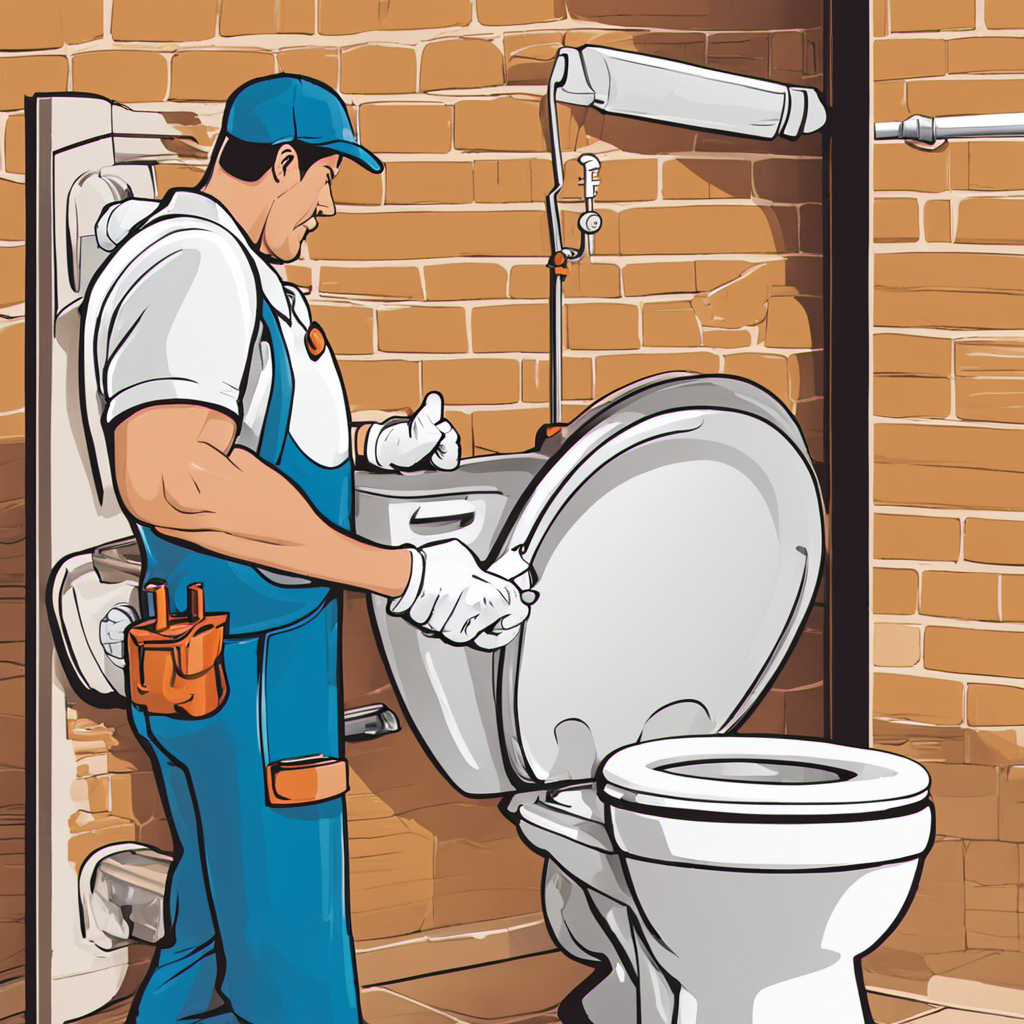
Hey there!
Have you ever experienced the frustration of a clogged toilet? Trust me, I’ve been there too.
But fear not, because I’ve got some practical tips and tricks to share with you on how to keep your toilet from clogging.
From understanding the common causes of clogs to using essential tools and techniques for unclogging, this article will equip you with all the knowledge you need to keep your toilet running smoothly.
So, let’s dive in and put an end to those pesky clogs once and for all!
Key Takeaways
- Flushing only toilet paper and waste to avoid clogs
- Regularly using a plunger or drain snake to unclog toilets
- Educating family members about proper toilet usage and maintenance
- Avoiding flushing non-flushable items like wet wipes and cotton balls
Understanding the Common Causes of Toilet Clogs
To understand the common causes of toilet clogs, you need to know what items you should avoid flushing down the toilet. Prevention is key when it comes to keeping your toilet from clogging.
One of the main culprits of toilet clogs is flushing items that are not meant to be flushed, such as baby wipes, paper towels, and feminine hygiene products. These items do not break down easily and can quickly cause a blockage in your pipes.
Signs of a potential toilet clog include slow draining or a gurgling sound when flushing. To prevent clogs, make sure to only flush toilet paper and waste. It’s also a good idea to have a plunger on hand to tackle any minor clogs that may occur.
Keeping these tips in mind will help you avoid the frustration of a clogged toilet.
Simple Steps for Preventing Toilet Clogs
One easy way to prevent clogs is by making sure you flush only small amounts of toilet paper at a time. Here are some other simple steps for preventing toilet clogs and keeping your bathroom running smoothly:
-
Use a plunger: Keep a plunger handy in your bathroom to quickly address any minor clogs. It’s a simple and effective tool for unclogging the toilet.
-
Avoid flushing non-flushable items: Never flush items like wet wipes, feminine hygiene products, or cotton balls down the toilet. These items can easily cause blockages.
-
Regular maintenance: Perform regular maintenance by using a toilet bowl cleaner or enzyme-based cleaner to keep the pipes clear from buildup and debris.
-
Educate family members: Teach your family members about proper toilet usage and encourage them to only flush toilet paper in small amounts. This will help prevent clogs and keep your plumbing system in good condition.
Essential Tools and Techniques for Unclogging a Toilet
Having the right tools, like a plunger, and knowing the proper techniques can help you quickly and easily unclog a toilet.
When faced with a clogged toilet, the first tool you should reach for is a toilet plunger. Make sure it has a flange, which helps create a stronger seal. Position the plunger over the drain hole, ensuring a tight seal, and gently push and pull to create suction. This should help dislodge the clog.
If the plunger doesn’t do the trick, you may need to use a drain snake. Insert the snake into the drain hole and rotate it clockwise to break up the clog. Be careful not to damage the toilet bowl.
With these tools and techniques, you can confidently tackle a clogged toilet.
Transitioning to the next section, let’s explore some tips for proper toilet maintenance to avoid future clogs.
Tips for Proper Toilet Maintenance to Avoid Clogs
Regularly cleaning your toilet and using a gentle toilet bowl cleaner can help prevent clogs. Here are some tips for proper toilet maintenance to avoid clogs:
-
Proper flushing techniques: Make sure to flush only toilet paper and human waste down the toilet. Avoid flushing items like wipes, feminine hygiene products, or paper towels, as they can easily clog the pipes.
-
Choosing the right toilet paper: Opt for toilet paper that is labeled as ‘septic-safe’ or ‘flushable.’ These types of toilet paper break down more easily and are less likely to cause clogs.
-
Regularly clean and inspect the toilet: Clean the toilet bowl and the rim regularly to prevent the buildup of mineral deposits or other debris that can lead to clogs. Also, check for any signs of leaks or loose connections that might cause clogs in the future.
-
Teach proper toilet habits: Educate everyone in your household about proper toilet habits, such as not using excessive amounts of toilet paper or flushing items that shouldn’t be flushed.
Troubleshooting Common Toilet Clogging Issues
If you’re experiencing frequent clogs, it may be helpful to check the water pressure in your bathroom. Low water pressure can contribute to inefficient flushing and increased chances of clogs. To troubleshoot common toilet clogging issues, there are a few strategies you can try. First, ensure that you are using the right amount of toilet paper. Excessive use can lead to clogs. Second, avoid flushing foreign objects down the toilet, such as wipes, sanitary products, or excessive amounts of hair. Lastly, consider using a plunger or toilet auger to dislodge any stubborn clogs. Here is a table summarizing some toilet clog prevention strategies and troubleshooting techniques:
| Prevention Strategies | Troubleshooting Techniques |
|---|---|
| Use proper amount of toilet paper | Use a plunger or toilet auger |
| Avoid flushing foreign objects | Check water pressure in bathroom |
| Regularly clean the toilet | Avoid using chemical drain cleaners |
| Educate household members on proper toilet use | Consider calling a professional plumber if issues persist |
Frequently Asked Questions
How Often Should I Clean My Toilet to Prevent Clogs?
I clean my toilet regularly to prevent clogs. It’s important to use toilet cleaning products and follow best practices. Regular cleaning helps to keep the pipes clear and ensures proper flushing.
Can I Use Chemical Drain Cleaners to Unclog My Toilet?
Chemical drain cleaners can be used to unclog toilets, but there are pros and cons to consider. They can be effective, but may also damage pipes and harm the environment. Alternatives like a plunger or a plumbing snake are safer options.
What Should I Do if Plunging Doesn’t Unclog My Toilet?
If plunging doesn’t work, there are alternative methods to try. You can use a toilet auger or a drain snake to remove the clog. If all else fails, it’s best to seek professional help.
Is It Normal for My Toilet to Clog Frequently?
Frequent toilet clogging can be frustrating. Understanding the causes is key. There are various tips for maintaining a clog-free toilet, such as using less toilet paper and avoiding flushing non-flushable items.
Are There Any Signs That My Toilet May Be Prone to Clogging in the Future?
There are some signs that a toilet may be prone to clogging in the future. These can include slow drainage, gurgling noises, and frequent backups. Regular toilet maintenance and avoiding common causes can help prevent clogs.
Conclusion
So there you have it, folks! We’ve journeyed together through the murky waters of toilet clogs, armed with knowledge and practical tips to keep those pipes flowing smoothly.
Just like a well-oiled machine, a properly maintained toilet can bring harmony and peace to your bathroom.
Remember, prevention is key, but if a clog does strike, fear not! With the right tools and techniques, you can conquer any blockage that stands in your way.
Stay vigilant, my friends, and may your toilets forever be clog-free!
Mateo’s flair for writing is matched only by his keen eye for design. As an interior designer turned writer, Mateo brings a unique perspective. He blends aesthetics with functionality in every piece he pens, providing readers with beautifully crafted content that’s also supremely useful.
Mateo loves exploring the latest bathroom tech trends and is our expert on smart toilets. When he’s not writing or designing, Mateo can be found sketching ideas for his next big project at local coffee shops.
Guides
What Is the Controversy With Cottonelle

We, as worried customers, are facing a confusing controversy involving Cottonelle.
In this article, we aim to unravel the origins of this debate, delve into the complaints and concerns raised by consumers, and examine Cottonelle’s response and efforts to regain trust.
Additionally, we will explore the ethical and environmental considerations surrounding the brand.
By doing so, we hope to shed light on the impact this controversy has had on Cottonelle’s reputation and sales.
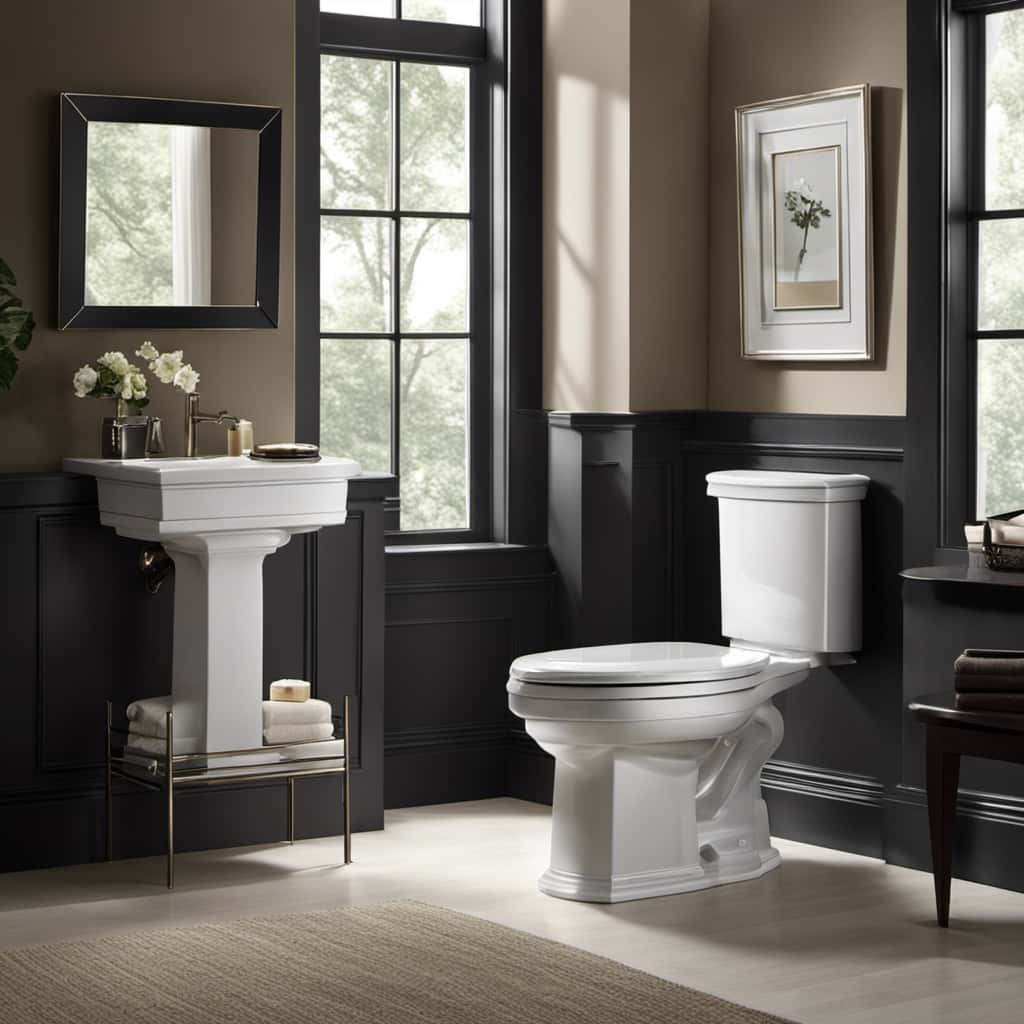
Key Takeaways
- Reports emerged about potential issues within Cottonelle’s supply chain, including concerns about sourcing of materials and ethical practices.
- Consumers raised concerns and complaints about inconsistent product availability, price gouging, and the brand’s use of virgin pulp contributing to deforestation.
- Cottonelle issued an apology statement, acknowledging the concerns and committing to addressing them promptly and effectively.
- The controversy has had a negative impact on Cottonelle’s reputation, leading to a loss of trust and credibility, as well as potential financial implications for the company.
The Origins of the Controversy
We frequently encounter questions about the origins of the controversy surrounding Cottonelle. To understand the roots of this controversy, it’s crucial to delve into two key factors: the supply chain and the impact of social media.
The controversy surrounding Cottonelle began when reports emerged regarding potential issues within its supply chain. Concerns were raised about the sourcing of materials and the ethical practices employed by the company. These reports gained traction on social media platforms, where users shared their concerns and criticisms, amplifying the controversy.
As social media platforms have become powerful tools for spreading information, the impact of public opinion can’t be underestimated. The combination of supply chain concerns and the amplification of these concerns through social media led to the origins of the controversy surrounding Cottonelle.
Consumer Concerns and Complaints
Consumer concerns and complaints have surfaced regarding Cottonelle due to various issues within its supply chain and ethical practices. These concerns have been amplified by the recent toilet paper shortage, which has left consumers searching for alternative brands.
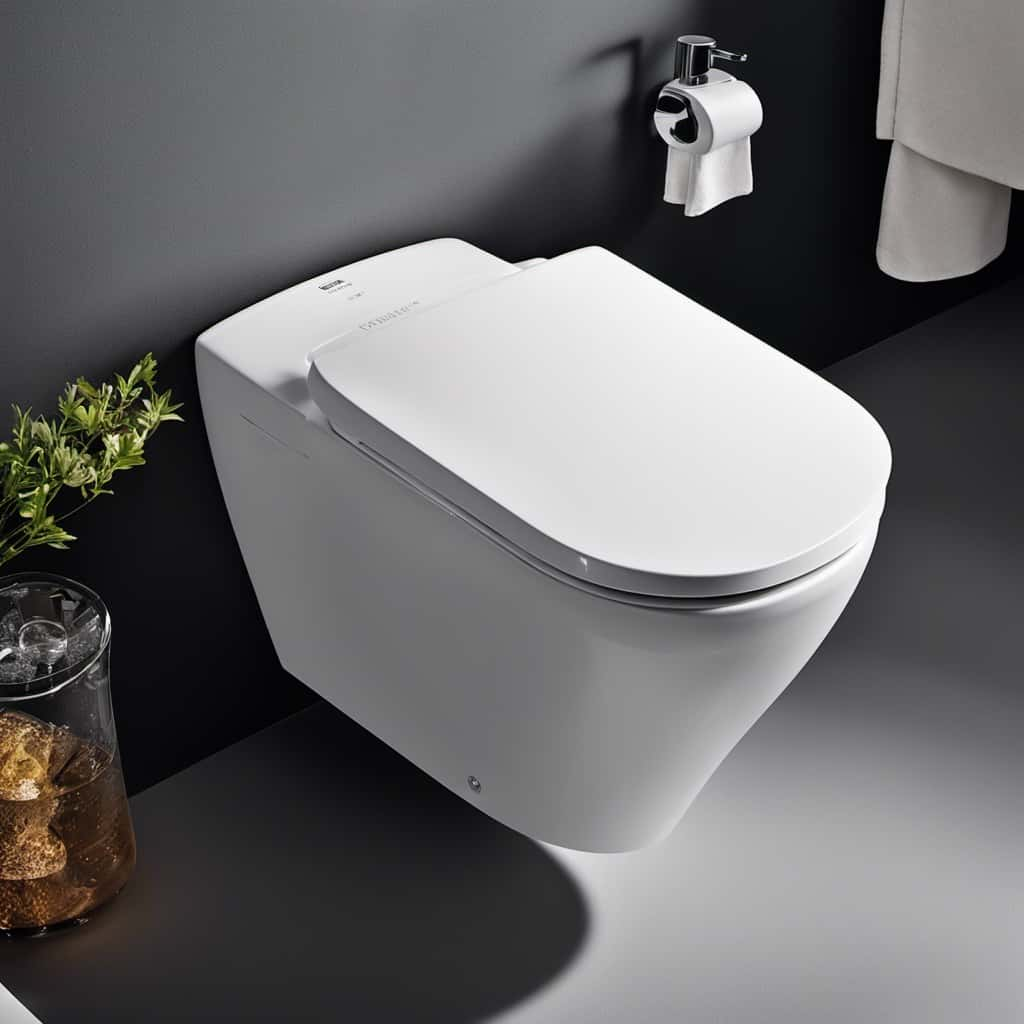
Some of the main grievances raised by consumers include:
- Inconsistent product availability: Many consumers have reported difficulty in finding Cottonelle products in stores, exacerbating their frustration during the toilet paper shortage.
- Price gouging: Some consumers have accused Cottonelle of raising prices during the shortage, taking advantage of the high demand for toilet paper.
- Environmental impact: Several complaints have been made about Cottonelle’s use of virgin pulp, which contributes to deforestation. Consumers are seeking more sustainable alternatives.
It is important for Cottonelle to address these concerns and improve their supply chain transparency and ethical practices to regain consumer trust.
Cottonelle’s Response and Damage Control
To address the concerns and mitigate the damage caused by the controversies surrounding Cottonelle, the company has taken swift action.
In response to the social media backlash, Cottonelle issued an apology statement on their official channels. The company acknowledged the concerns raised by consumers and expressed their commitment to addressing them promptly and effectively. They emphasized their dedication to providing a high-quality product that meets the needs and expectations of their customers.
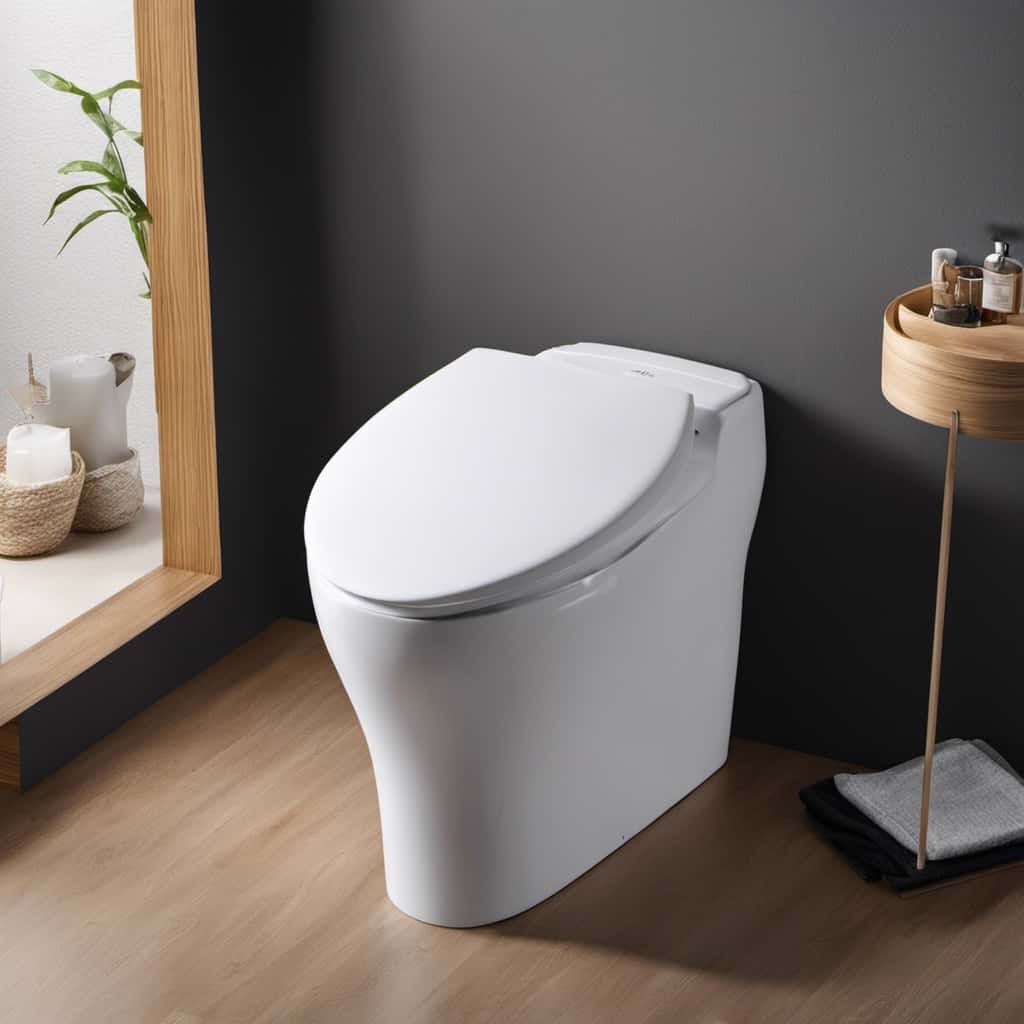
Cottonelle also assured their customers that they’ve implemented additional quality control measures to prevent similar incidents in the future. Furthermore, the company has actively engaged with consumers through various platforms, responding to individual complaints and offering solutions.
Ethical and Environmental Considerations
An important aspect to consider when discussing the controversy surrounding Cottonelle is the significant impact it has had on ethical and environmental concerns.
- Cottonelle’s sustainability practices have been called into question, as the brand sources its toilet paper from virgin wood pulp, which contributes to deforestation and habitat destruction. This raises concerns about the long-term viability of the forests and the species that depend on them.
- Additionally, the production of Cottonelle involves high water and energy consumption, contributing to environmental degradation and climate change.
- As consumers become more conscious of their environmental footprint, alternative options such as recycled toilet paper and bamboo toilet paper have gained popularity. These alternatives help reduce the demand for virgin paper and minimize the environmental impact of toilet paper production.
Considering these ethical and environmental considerations, it’s important for consumers to be aware of the choices they make and choose sustainable options that minimize harm to the environment.
Impact on Cottonelle’s Reputation and Sales
Considering the ethical and environmental concerns raised in the previous subtopic, Cottonelle’s reputation and sales have been significantly impacted.
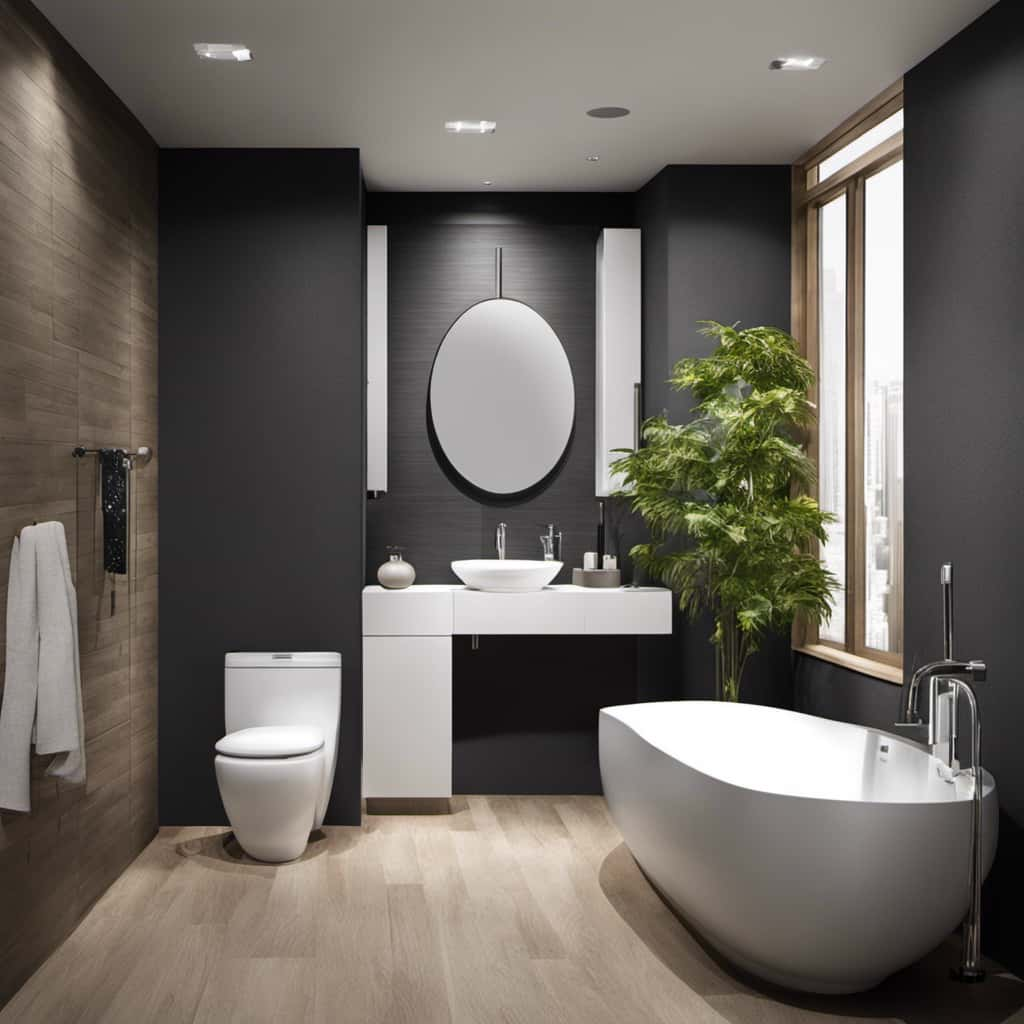
The controversy surrounding Cottonelle’s use of virgin wood pulp in its toilet paper has led to a negative impact on the brand’s image. Many consumers who value sustainability and responsible sourcing have expressed disappointment and concern about the company’s practices. This has resulted in a loss of trust and credibility for Cottonelle, as consumers may now view the brand as environmentally unfriendly.
In addition to the impact on brand image, there are also financial implications for Cottonelle. With more consumers opting for eco-friendly alternatives, the company may experience a decline in sales as customers switch to brands that align with their values.
It’s essential for Cottonelle to address these concerns and take proactive steps to regain consumer trust and loyalty.
Frequently Asked Questions
What Are the Main Ingredients Used in Cottonelle Products?
The main ingredients used in Cottonelle products include water, cellulose, and a proprietary blend of cleansing agents. Alternative brands to Cottonelle include Charmin, Scott, and Seventh Generation.
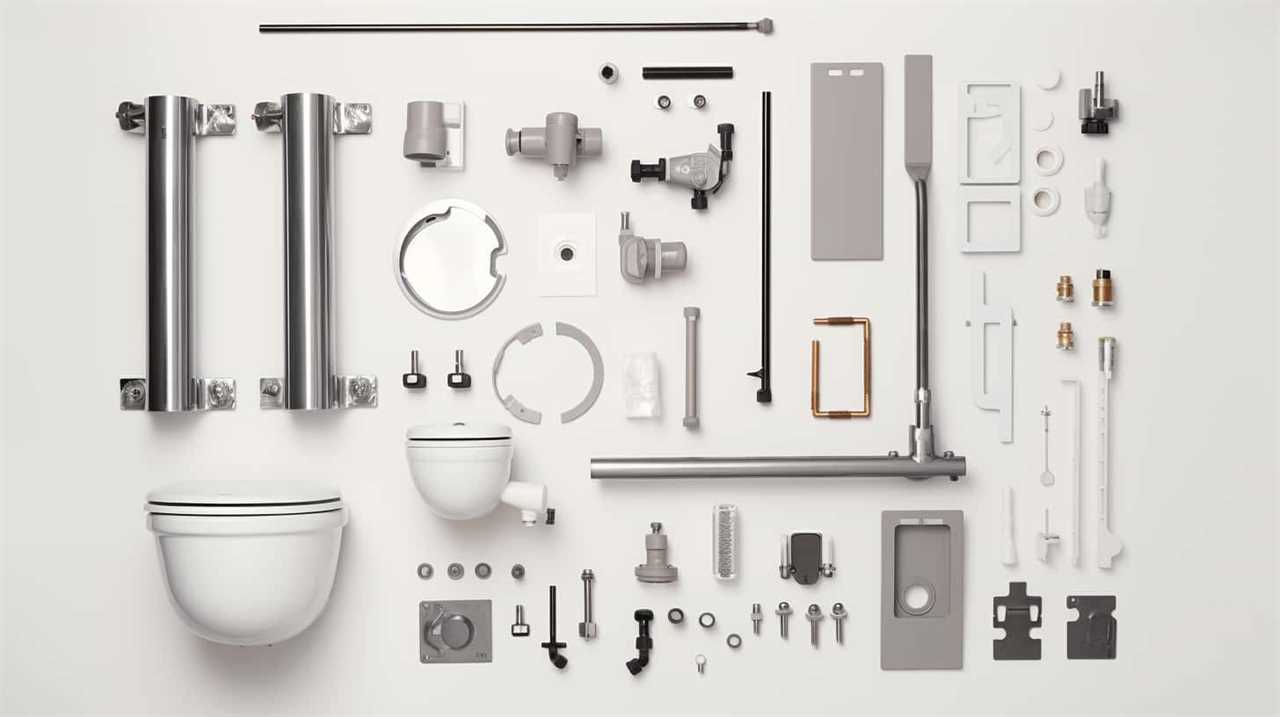
Are There Any Alternative Brands to Cottonelle That Offer Similar Products?
There are several eco-friendly alternatives to Cottonelle toilet paper that offer similar products. When comparing the softness and durability of Cottonelle with other brands, it is important to consider individual preferences and needs.
Can You Provide Any Statistics on the Sales Performance of Cottonelle Before and After the Controversy?
Sales performance before the controversy showed promising growth, but after the controversy, there was a noticeable decline. The numbers painted a vivid picture of the impact the controversy had on Cottonelle’s sales.
Have Any Legal Actions Been Taken Against Cottonelle as a Result of the Controversy?
Legal actions have not been taken against Cottonelle as a result of the controversy. However, the brand has faced significant consumer backlash, with many expressing their concerns and dissatisfaction with the product.
How Has the Controversy Impacted the Overall Perception of the Toilet Paper Industry?
The controversy surrounding Cottonelle has had a significant impact on consumer trust and the overall perception of the toilet paper industry. It has had a negative effect on brand reputation and raised concerns about product quality and safety.

Conclusion
In conclusion, the controversy surrounding Cottonelle has sparked significant consumer concerns and complaints regarding the brand’s ethical and environmental practices.
Cottonelle’s response and damage control efforts have been under scrutiny, as they navigate the impact on their reputation and sales.
It’s crucial for the company to address these concerns and take proactive steps towards more sustainable and responsible practices to regain the trust of their customers.
With an impeccable eye for detail and a passion for bathroom-related, Ava leads our editorial team gracefully and precisely.
Under her guidance, Best Modern Toilet has flourished as the go-to resource for modern bathroom enthusiasts. In her free time, you might find Ava exploring antique shops and looking for vintage bathroom fixtures to add to her collection.
Guides
Why Can’t You Flush Toilet Paper in Turkey

Have you ever questioned why it’s not possible to flush toilet paper in Turkey? Well, get ready because we’re going to dive into the distinct plumbing system, environmental issues, and cultural practices that contribute to this interesting bathroom custom.
Join us as we uncover the practical alternatives for disposing of toilet paper and explore the fascinating reasons behind this age-old question.
Get ready to dive deep into the world of Turkish sanitation and discover a whole new level of bathroom etiquette.
Key Takeaways
- Turkish plumbing system cannot handle flushing toilet paper due to narrower and more prone to clogging pipes.
- Disposing of toilet paper in a separate bin helps maintain a clean and sanitary environment, minimizing strain on waste management infrastructure.
- Aging sewer systems in Turkey contribute to the ban on flushing toilet paper, as flushing can cause blockages and backups.
- Understanding cultural norms and historical roots is important in explaining the practice of not flushing toilet paper in Turkey.
Unique Plumbing Infrastructure
In Turkey, the unique plumbing infrastructure necessitates that we refrain from flushing toilet paper. This may seem unusual to those accustomed to the convenience of flushing away used toilet paper, but it’s a necessary practice in Turkey.
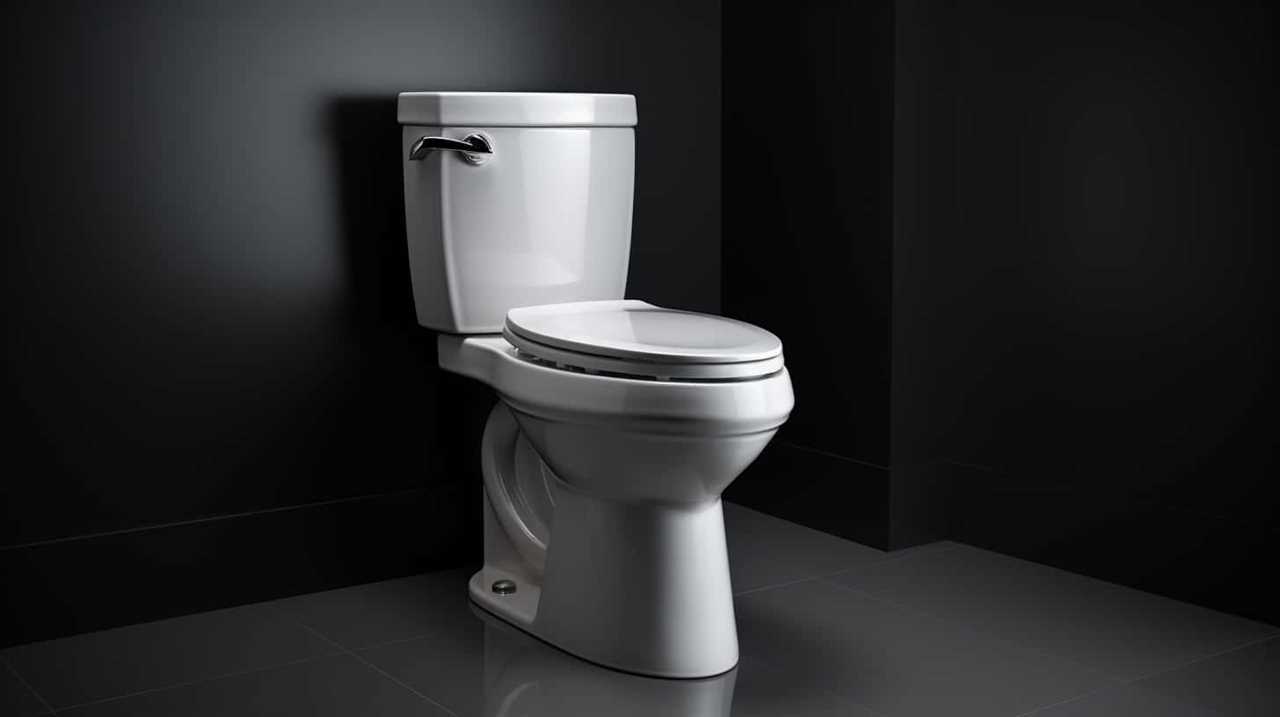
The reason behind this restriction lies in the country’s plumbing system, which isn’t designed to handle the disposal of toilet paper. The pipes in Turkey are narrower and more susceptible to clogging, and flushing toilet paper can lead to blockages and backups.
In the past, this issue was exacerbated by a toilet paper shortage, which further emphasized the need to find alternative solutions. However, with the advancements in technology and the availability of better toilet paper alternatives, such as wet wipes and bidets, the inconvenience of not being able to flush toilet paper has been mitigated to some extent.
Environmental Concerns
Additionally, we should consider the environmental concerns related to not being able to flush toilet paper in Turkey.
Waste management regulations play a significant role in this issue. When toilet paper is flushed, it can cause blockages in the sewage system, leading to costly repairs and maintenance.

By not flushing toilet paper, Turkey is able to minimize the strain on their waste management infrastructure, ensuring that it operates efficiently and effectively.
Furthermore, public health concerns also come into play. Flushing toilet paper can contribute to the spread of bacteria, viruses, and other harmful pathogens, posing a risk to public health.
By disposing of toilet paper in a separate bin, Turkey is able to mitigate this risk and maintain a clean and sanitary environment.
Aging Sewer Systems
As we delve into the issue of ‘Aging Sewer Systems’, it’s important to consider the impact of outdated infrastructure on the inability to flush toilet paper in Turkey. The aging sewer systems in the country face maintenance issues that contribute to this problem.
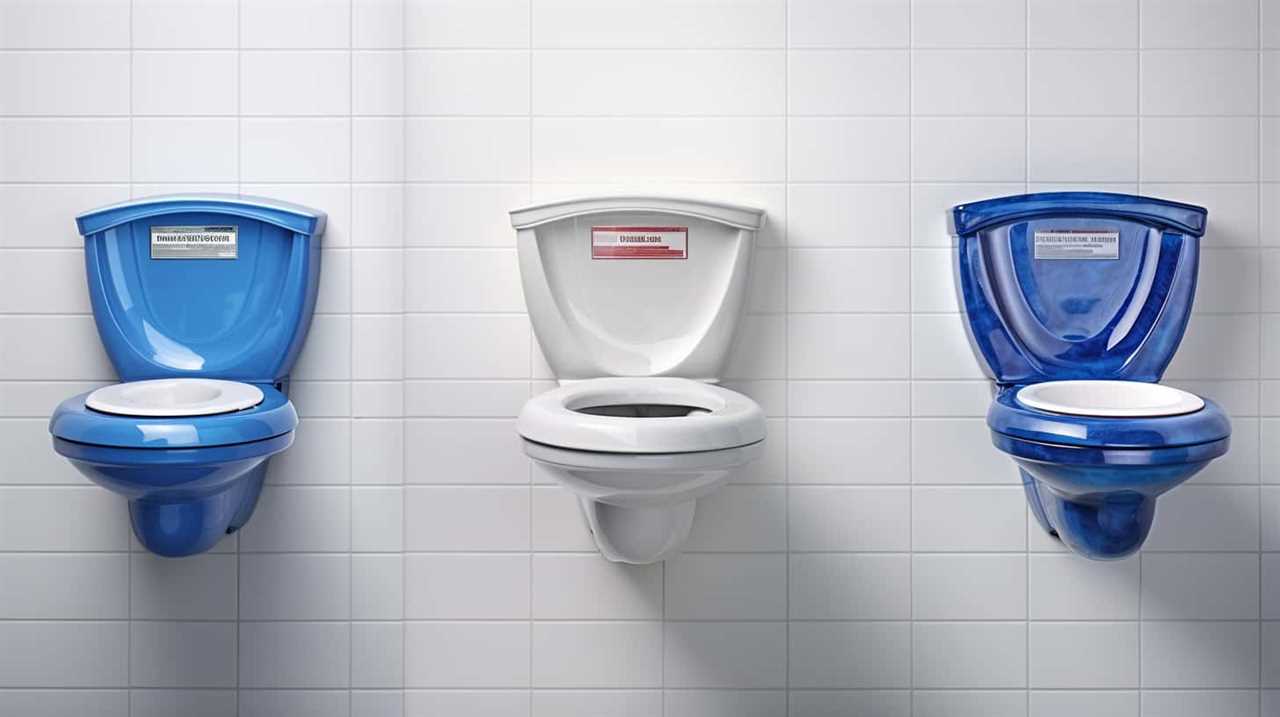
Over time, these systems deteriorate and become less effective in handling waste and transporting it to treatment plants. As a result, flushing toilet paper can cause blockages and backups in the sewer pipes. This not only creates inconveniences for individuals, but also poses a significant impact on public health.
The accumulation of waste in the sewer system can lead to the spread of diseases and contamination of water sources. Therefore, addressing the maintenance and modernization of aging sewer systems is crucial in ensuring the overall well-being of the population.
Cultural Norms and Hygiene Practices
To understand the reason behind the inability to flush toilet paper in Turkey, it’s important to explore the cultural norms and hygiene practices of the country.
In Turkey, there’s a social stigma associated with throwing toilet paper into the toilet. This belief has its historical roots, as older sewer systems weren’t designed to handle toilet paper and could easily get clogged. As a result, the practice of disposing toilet paper in a separate bin next to the toilet became the norm. This cultural norm and hygiene practice has been passed down through generations.
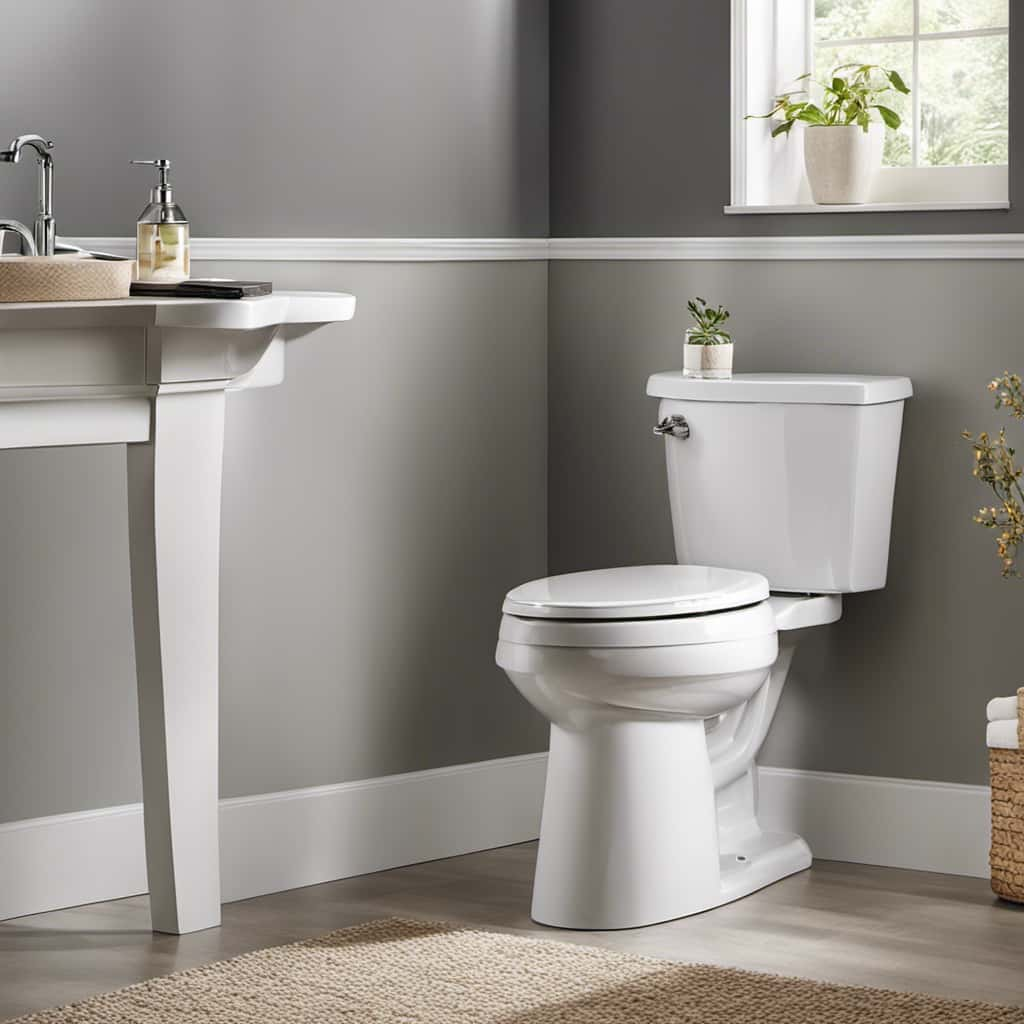
Understanding these cultural norms and historical roots is crucial in comprehending why flushing toilet paper isn’t a common practice in Turkey.
Now, let’s explore the practical alternatives for disposing toilet paper.
Practical Alternatives for Disposing Toilet Paper
Now, let’s explore our practical alternatives for disposing of toilet paper.
One option is to use reusable cloth instead of toilet paper. This involves using a piece of soft cloth to clean yourself after using the toilet, which can then be washed and reused. Reusable cloth is a more sustainable option as it reduces waste and eliminates the need for toilet paper.
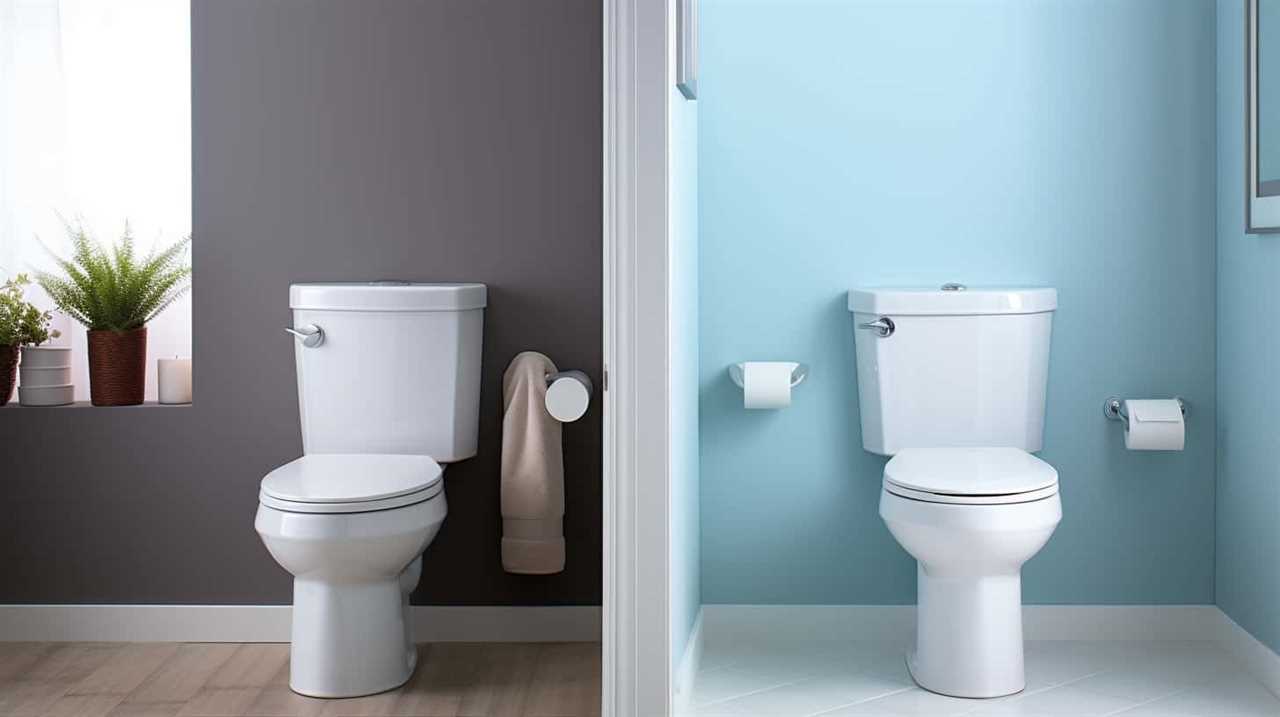
Another alternative is to use a bidet attachment. A bidet attachment is a device that can be installed on your toilet and sprays water to clean your bottom. This eliminates the need for toilet paper altogether. Bidet attachments are becoming increasingly popular due to their hygienic and eco-friendly nature.
Both reusable cloth and bidet attachments provide practical alternatives for disposing of toilet paper, reducing waste, and promoting sustainability.
Frequently Asked Questions
Are There Any Health Risks Associated With Not Being Able to Flush Toilet Paper in Turkey?
There are potential health implications and an environmental impact associated with not being able to flush toilet paper in Turkey. It’s important to properly dispose of it to prevent clogged pipes and maintain sanitation.
How Do Turkish People Dispose of Their Toilet Paper if They Can’t Flush It?
We can’t flush toilet paper in Turkey. Turkish people use alternative solutions like trash bins to dispose of it. This practice reduces environmental impact and prevents plumbing issues.
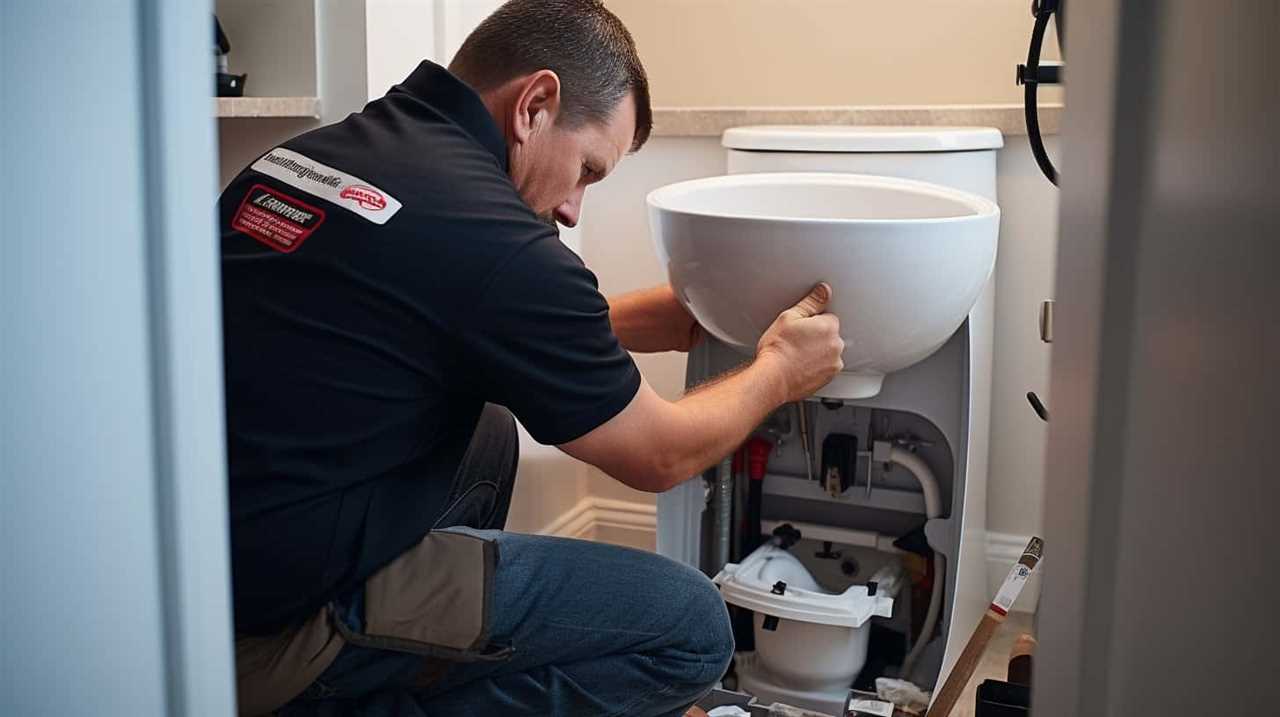
Are There Any Specific Regulations or Laws in Place Regarding the Disposal of Toilet Paper in Turkey?
There are regulations in place regarding toilet paper disposal in Turkey. Due to concerns about environmental impact, alternative methods are used. Flushing toilet paper can lead to plumbing issues, so it is important to follow the guidelines.
Are There Any Exceptions or Special Circumstances Where It Is Allowed to Flush Toilet Paper in Turkey?
In certain cases, such as when toilet paper alternatives are used, it may be allowed to flush toilet paper in Turkey. However, this can still have a negative impact on sewage systems.
Is the Inability to Flush Toilet Paper a Common Issue Only in Turkey or Are There Other Countries With Similar Restrictions?
In many countries, flushing toilet paper is common, but cultural differences can lead to restrictions. For example, in Turkey, it’s not allowed due to older plumbing systems and the environmental impact.
Conclusion
So, there you have it. In Turkey, the simple act of flushing toilet paper is a no-go.
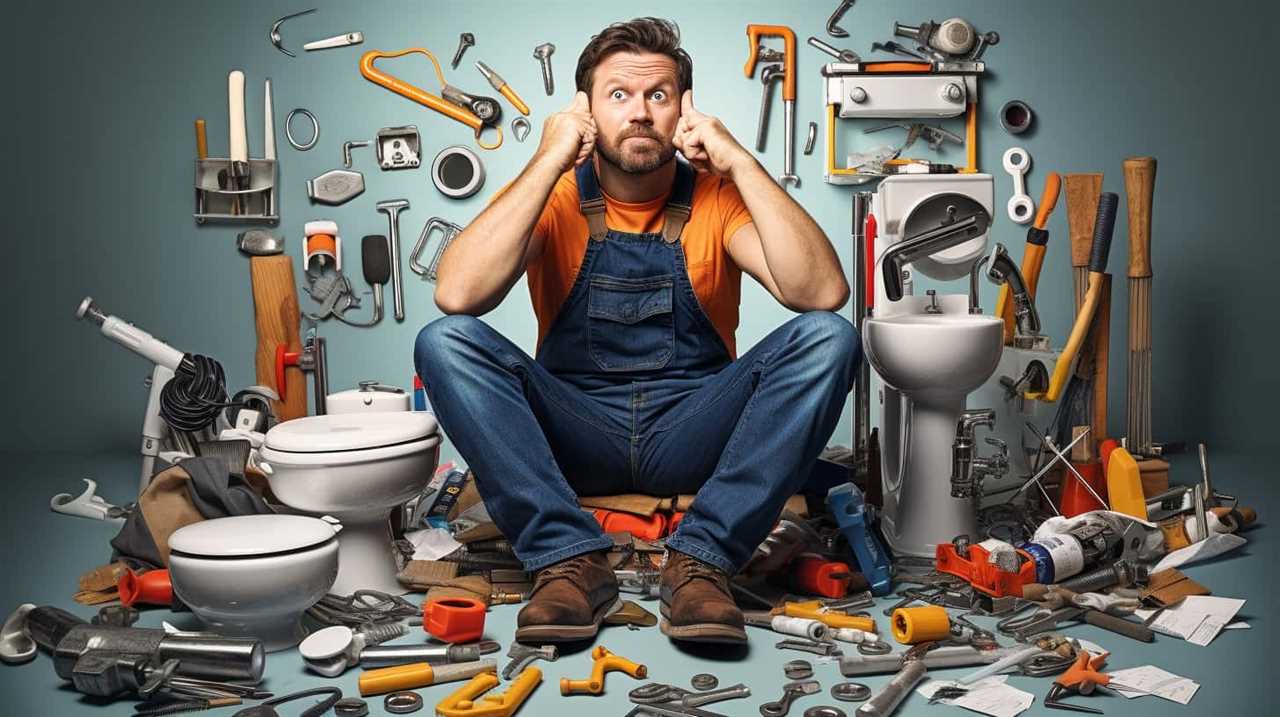
It’s a unique plumbing infrastructure combined with environmental concerns, aging sewer systems, and cultural norms that have led to this peculiar practice.
But fear not, dear traveler, for there are practical alternatives available.
Just remember, when in Turkey, do as the Turks do, and dispose of your toilet paper in the bin provided.
Happy flushing!
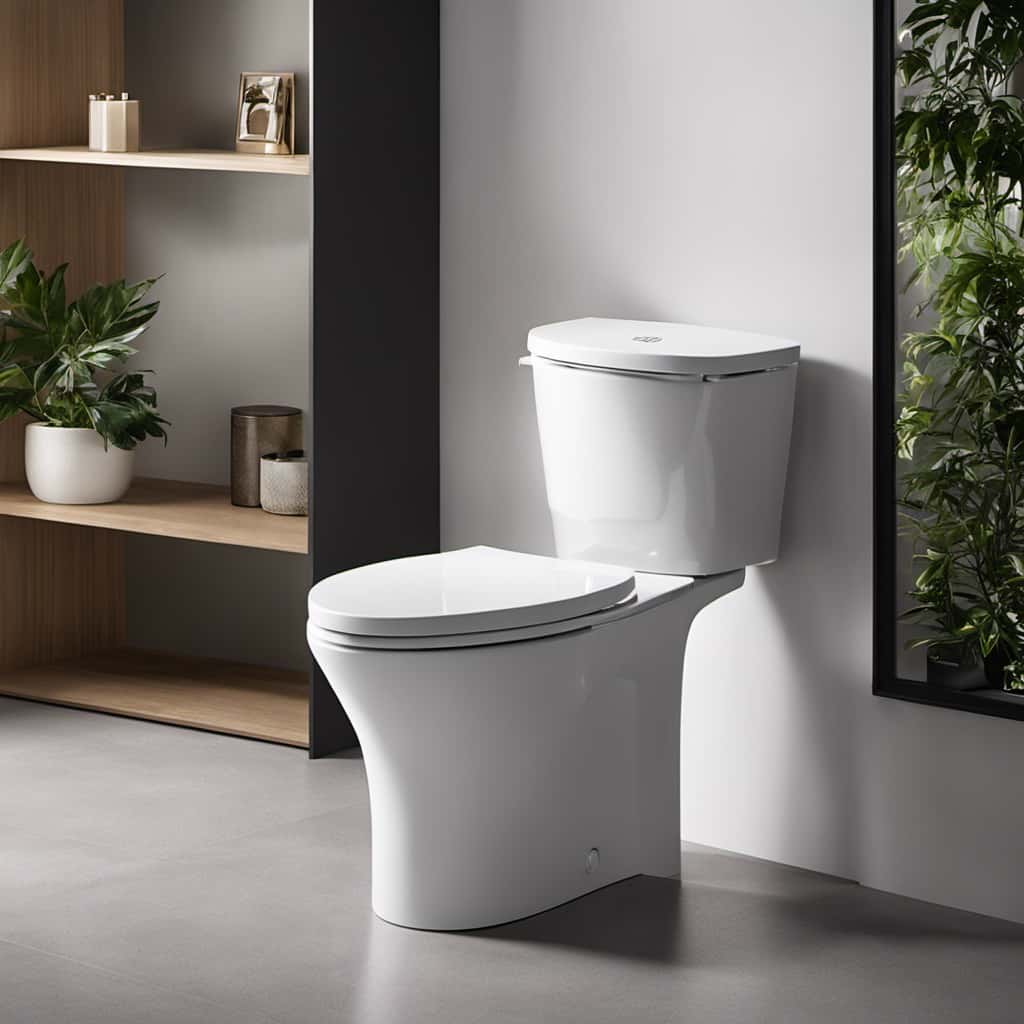
With an impeccable eye for detail and a passion for bathroom-related, Ava leads our editorial team gracefully and precisely.
Under her guidance, Best Modern Toilet has flourished as the go-to resource for modern bathroom enthusiasts. In her free time, you might find Ava exploring antique shops and looking for vintage bathroom fixtures to add to her collection.
Guides
How Can I Make My Dogs Poop Break Down Faster
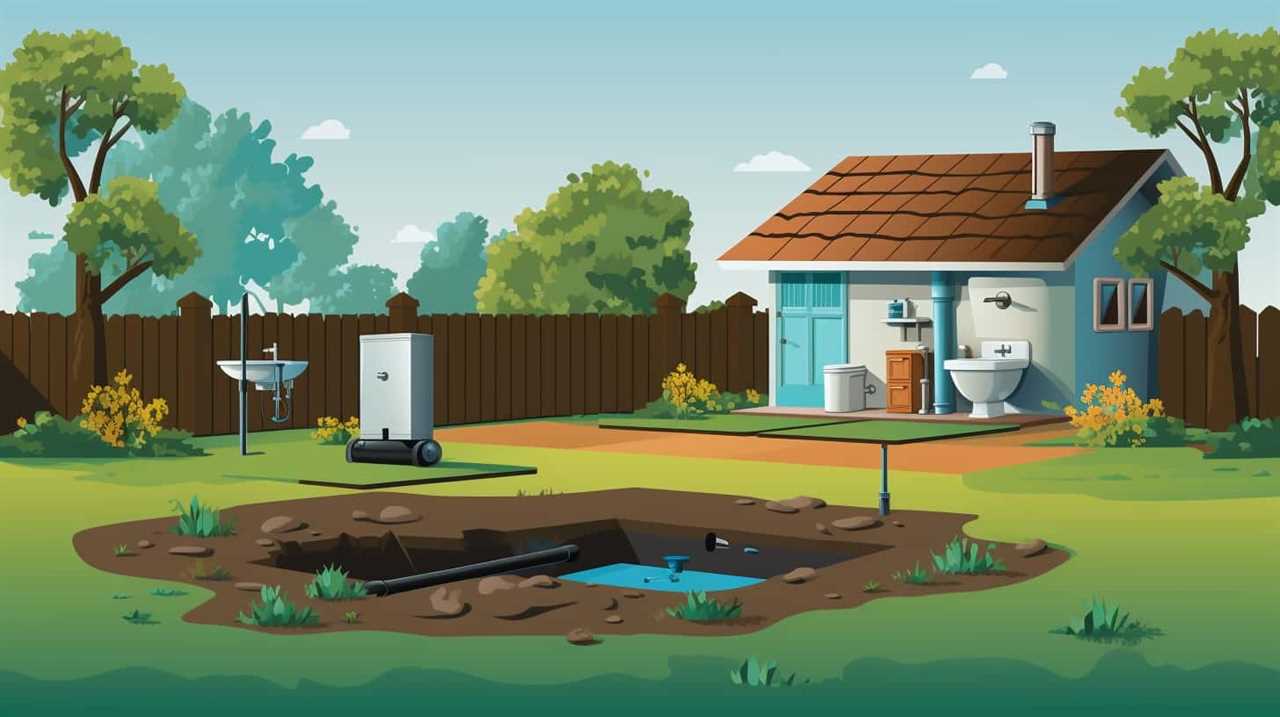
Are you aware that the average dog generates around 275 pounds of feces annually?
Finding ways to make this waste break down faster is essential for maintaining a clean and healthy environment. In this article, we will explore effective methods to speed up the decomposition of your dog’s poop.
By selecting the right diet, providing ample water, utilizing natural additives, and implementing proper yard maintenance techniques, you can ensure that your furry friend’s waste is disposed of more efficiently.
Key Takeaways
- A balanced and nutritious diet is crucial for proper digestion and faster breakdown of dog’s poop.
- Providing plenty of fresh water and encouraging hydration aids in digestion and regular bowel movements.
- Natural additives, such as enzymes, can speed up the decomposition of dog waste and make it easier to break down.
- Regularly cleaning and aerating the yard, along with considering composting methods, can effectively manage and repurpose dog waste.
Choose the Right Diet for Your Dog
To ensure optimal digestion and faster breakdown of your dogs’ poop, we should focus on choosing the right diet for them.
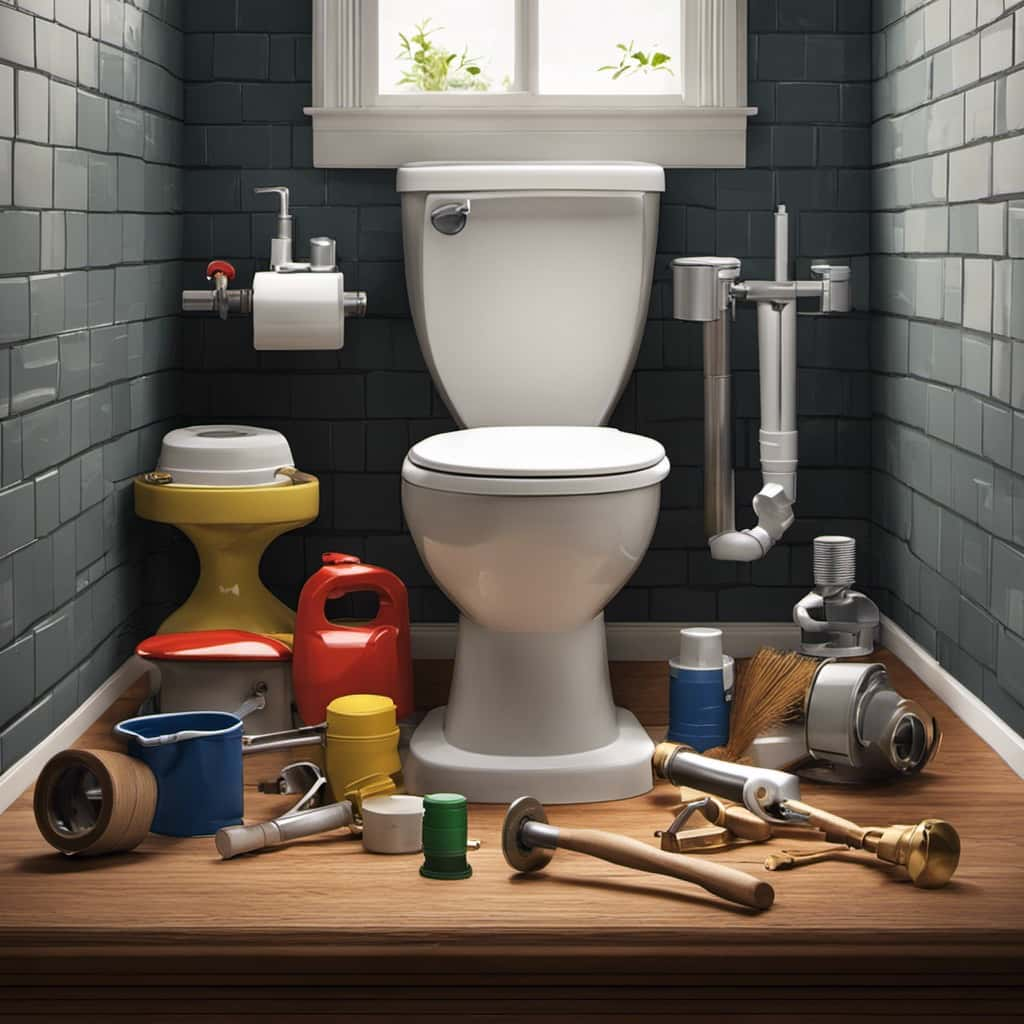
Dog nutrition plays a crucial role in their overall health and the quality of their poop. A balanced and nutritious diet is essential for proper digestion and nutrient absorption.
When selecting food for your dog, it’s important to consider their specific dietary needs based on factors such as age, breed, and activity level. High-quality dog food that contains a proper balance of proteins, carbohydrates, fats, vitamins, and minerals is recommended.
Additionally, dietary supplements can be beneficial in supporting your dog’s digestion and overall well-being. Consult with your veterinarian to determine which supplements are appropriate for your dog’s specific needs.
Remember that a well-balanced diet is key to ensuring optimal digestion and a faster breakdown of your dogs’ poop.
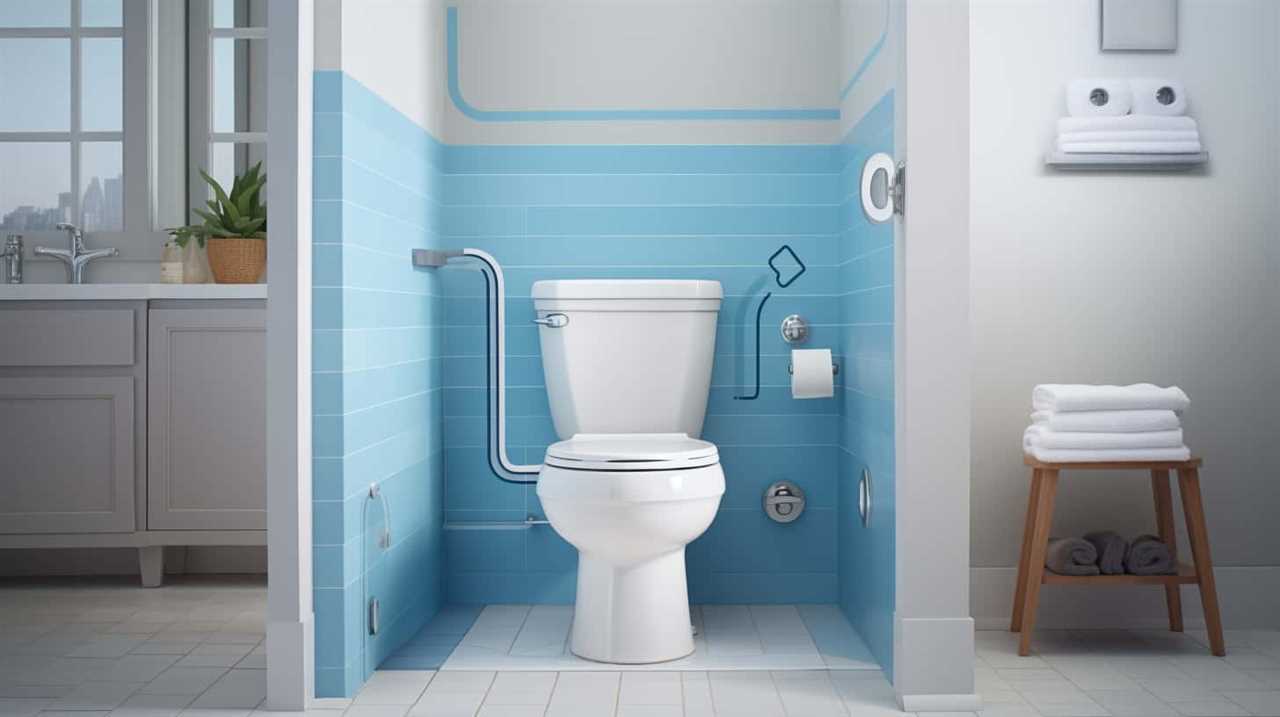
Provide Plenty of Water for Digestion
We should ensure that we provide an ample amount of water for our dogs’ digestion to promote optimal breakdown of their poop. Water plays a crucial role in promoting healthy gut bacteria and aiding in the digestion process.
Here are some key points to consider when providing water for your dog:
- Hydration: Make sure your dog has access to fresh, clean water at all times.
- Daily intake: Monitor your dog’s water intake and ensure they’re drinking enough to stay properly hydrated.
- Mealtime: Encourage your dog to drink water before and after meals to aid in the digestion process.
- Exercise routine: Incorporate a proper exercise routine to promote healthy digestion and encourage regular bowel movements.
Utilize Natural Additives to Speed up Decomposition
For faster decomposition of your dogs’ poop, incorporating natural additives into their diet is an effective approach. Using enzymes, bacteria, and microorganisms to aid decomposition can help break down the waste more quickly and efficiently.
Enzymes, such as cellulase and protease, can break down the complex organic compounds in the feces, making it easier for bacteria and microorganisms to decompose them. These natural additives can be found in certain pet foods or can be added as supplements to their diet.
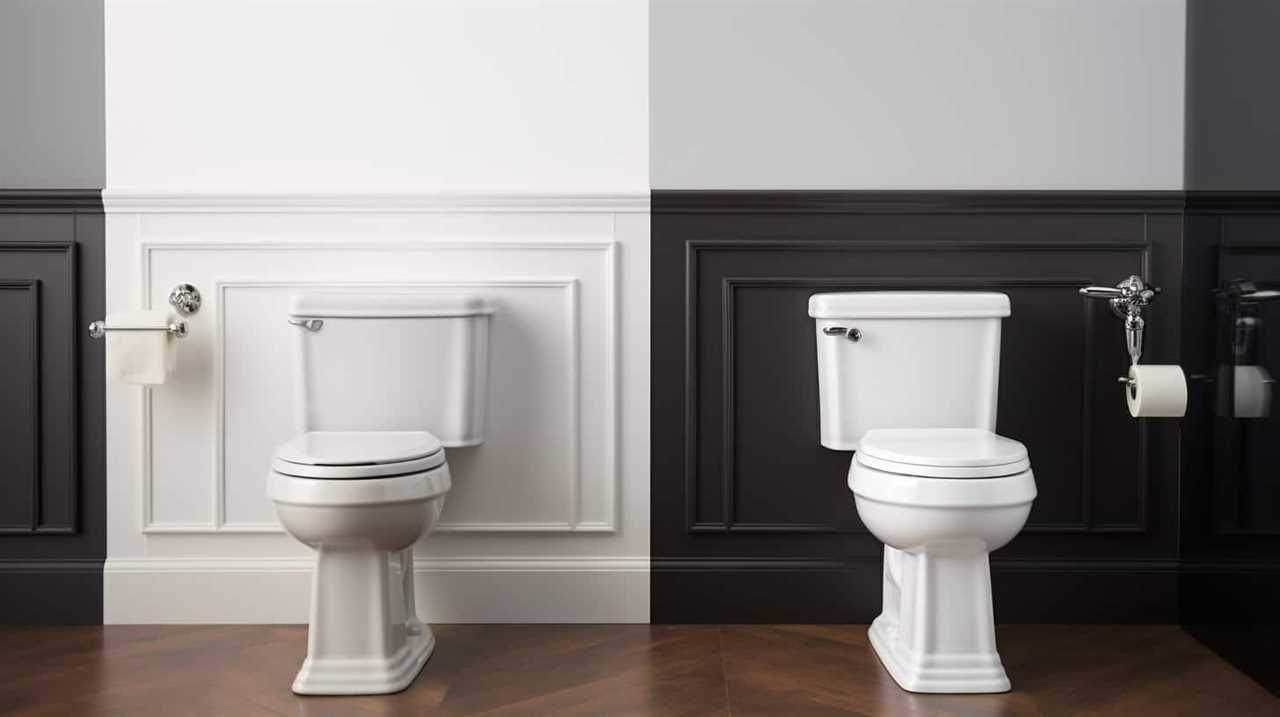
Additionally, the benefits of adding organic matter to the soil shouldn’t be overlooked. When the decomposed waste is used as fertilizer, it enriches the soil with nutrients, improves its structure, and promotes healthy plant growth.
Regularly Clean and Aerate Your Yard
Cleaning and aerating our yard regularly is essential for ensuring the efficient breakdown of our dogs’ poop. Proper lawn maintenance and pet waste management are crucial for maintaining a healthy and hygienic outdoor space.
Here are some key practices to follow:
- Remove any visible pet waste from the yard using a poop scoop or disposable bags.
- Regularly hose down the area where the waste was located to dilute any remaining residue.
- Aerate the soil by using a garden fork or aerator to create small holes. This allows for better oxygen flow and promotes the breakdown of organic matter.
- Consider using a natural enzymatic cleaner specifically designed for pet waste to further break down and eliminate any lingering odors.
Consider Using Composting Methods for Dog Waste
To enhance the breakdown process of our dogs’ poop, considering composting methods is a viable option. Composting dog waste not only helps to reduce the amount of waste that ends up in landfills but also provides a sustainable way to repurpose it as fertilizer.
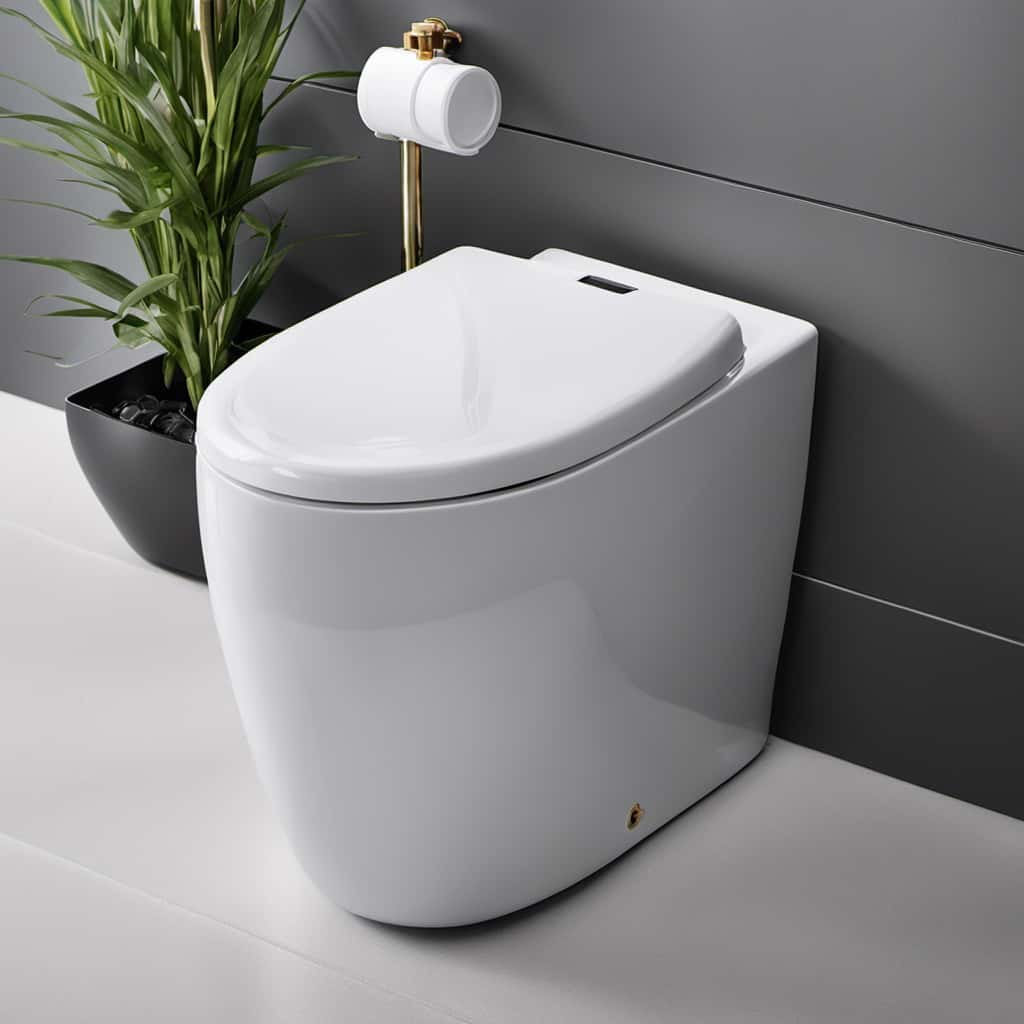
By creating a dog waste compost bin, you can effectively convert the waste into nutrient-rich compost that can be used in your garden or yard. To create a dog waste compost bin, choose a suitable location away from water sources and food crops.
Line the bin with a layer of straw or wood chips, and then add the dog waste, ensuring you mix it with other organic materials like grass clippings or leaves. Regularly turn the compost pile to provide oxygen and promote decomposition.
With time, the composting process will break down the dog waste, transforming it into a safe and natural fertilizer for your plants.
Frequently Asked Questions
How Often Should I Feed My Dog to Ensure Efficient Digestion and Quicker Poop Breakdown?
To ensure efficient digestion and quicker poop breakdown, we should consider the feeding frequency and types of dog food. By feeding our dogs the right amount of food at regular intervals, we promote proper digestion and help the poop break down faster.
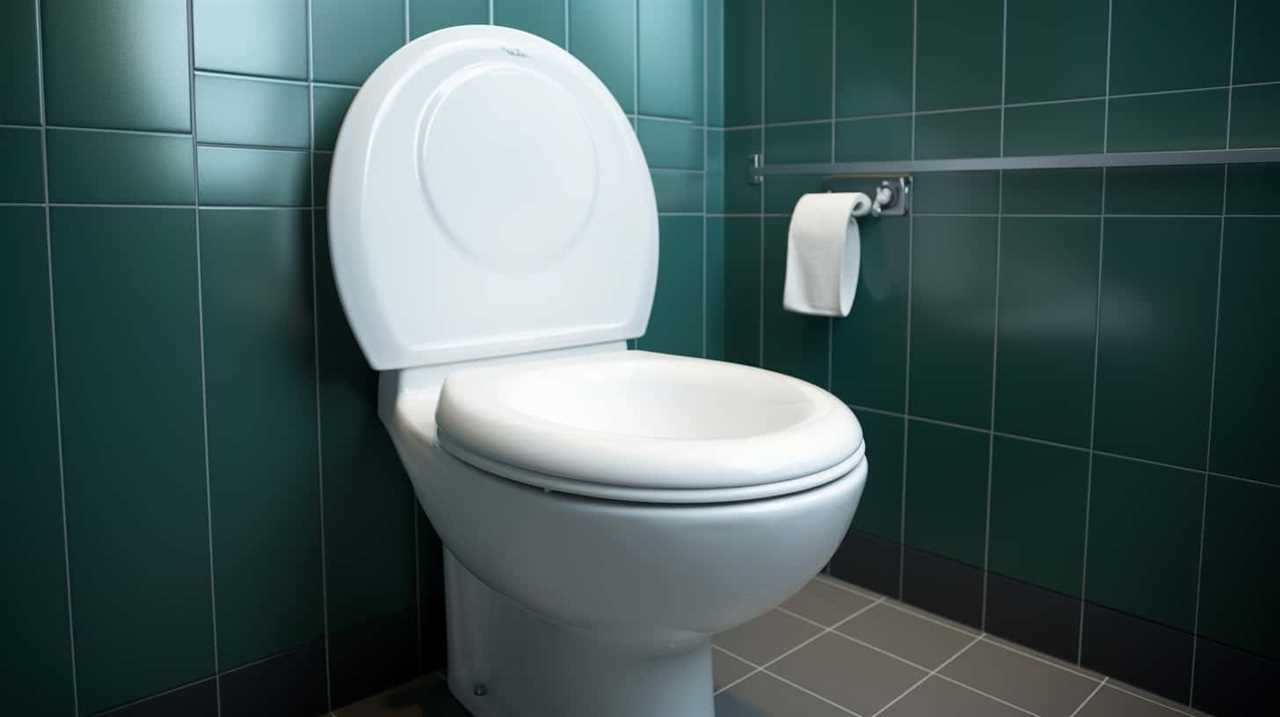
Can I Use Artificial Additives or Enzymes to Speed up the Decomposition Process?
Yes, you can use artificial additives or natural enzymes to speed up poop breakdown. However, we recommend natural enzymes as they are safer and more effective, without the potential drawbacks of artificial additives.
Are There Any Specific Plants or Herbs That Can Aid in Breaking Down Dog Poop?
Specific plants or herbs that aid in breaking down dog poop naturally and speeding up decomposition include yarrow, comfrey, and horsetail. These natural remedies can help promote the breakdown of waste in an environmentally friendly way.
How Can I Prevent Odor and Flies in My Yard While Waiting for the Poop to Break Down?
To prevent odor and flies in our yard while waiting for poop to break down, we can use natural repellents and practice proper waste management. This will help maintain a clean and hygienic environment.
Is It Safe to Use Compost Made From Dog Waste on My Garden or Plants?
Using dog waste compost safely requires caution. Alternative methods for dog waste disposal include burying it in a designated area or using a dog waste collection service. These options minimize health risks and environmental impact.
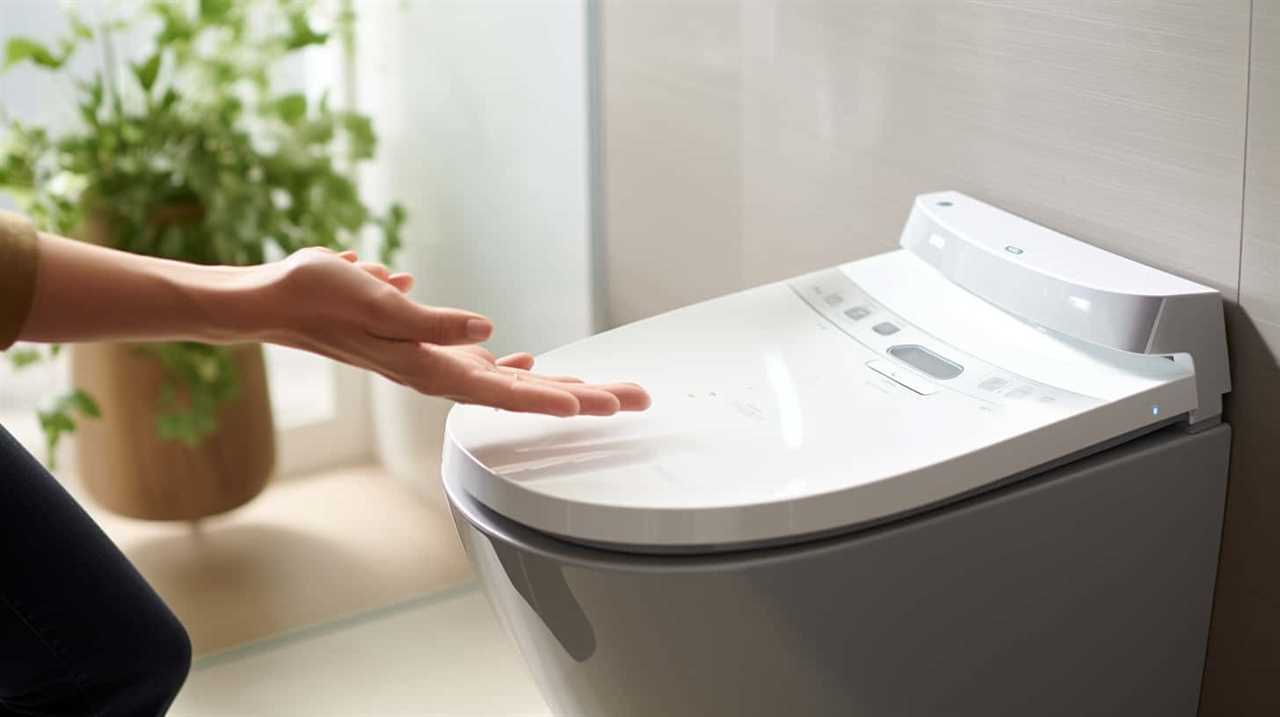
Conclusion
In conclusion, there are several ways to help speed up the decomposition of your dog’s poop:
- Choosing the right diet: Providing your dog with a balanced diet that is rich in fiber can help promote healthy digestion and make their waste easier to break down.
- Providing ample water: Keeping your dog hydrated is important for their overall health and can also help soften their poop, making it easier to decompose.
- Utilizing natural additives: Adding natural additives to your dog’s diet, such as pumpkin or probiotics, can help regulate their digestive system and promote efficient waste breakdown.
- Maintaining a clean yard: Regularly picking up your dog’s poop and keeping your yard clean can prevent the accumulation of waste, allowing for faster decomposition.
- Considering composting methods: If you have the space and resources, composting your dog’s waste can further aid in the breakdown process and help create nutrient-rich soil.
It’s important to prioritize the health and well-being of your furry friend, so consulting with a veterinarian for specific dietary and waste management recommendations is always recommended.
Together, we can create a cleaner and healthier environment for both our dogs and ourselves.
With an impeccable eye for detail and a passion for bathroom-related, Ava leads our editorial team gracefully and precisely.
Under her guidance, Best Modern Toilet has flourished as the go-to resource for modern bathroom enthusiasts. In her free time, you might find Ava exploring antique shops and looking for vintage bathroom fixtures to add to her collection.
-

 Reviews2 months ago
Reviews2 months agoBest Toilet Air Freshener: Top 10 Picks for a Fresh-Smelling Bathroom [2024]
-
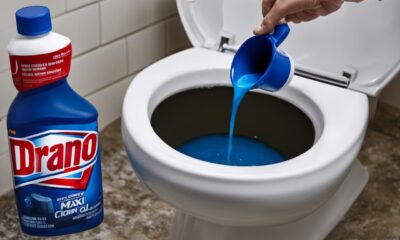
 FAQ - Advanced Bathroom Queries3 months ago
FAQ - Advanced Bathroom Queries3 months agoGuide: How to Use Drano Max Gel in Your Toilet
-

 FAQ - Advanced Bathroom Queries1 month ago
FAQ - Advanced Bathroom Queries1 month agoWhich Countries Use Bidets the Most
-

 FAQ - Advanced Bathroom Queries3 months ago
FAQ - Advanced Bathroom Queries3 months agoWhy Does My Poop Leave Streaks in the Toilet
-
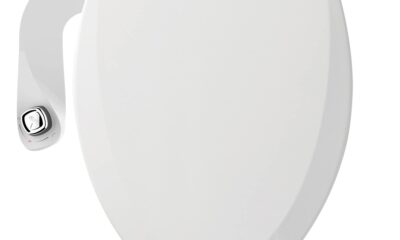
 Reviews2 months ago
Reviews2 months agoBest Waterless Toilets: Top Options for Eco-Friendly Bathrooms [2024]
-
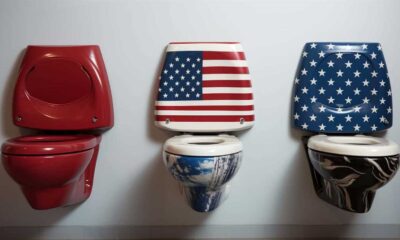
 Buying Guides2 months ago
Buying Guides2 months agoWhat to Do When You Accidentally Flushed Something Down the Toilet
-

 FAQ - Advanced Bathroom Queries3 months ago
FAQ - Advanced Bathroom Queries3 months agoHow Do Toilets Work in Bali
-

 FAQ - Advanced Bathroom Queries3 months ago
FAQ - Advanced Bathroom Queries3 months agoWhat to Do if You Accidentally Flushed Something Down the Toilet






















